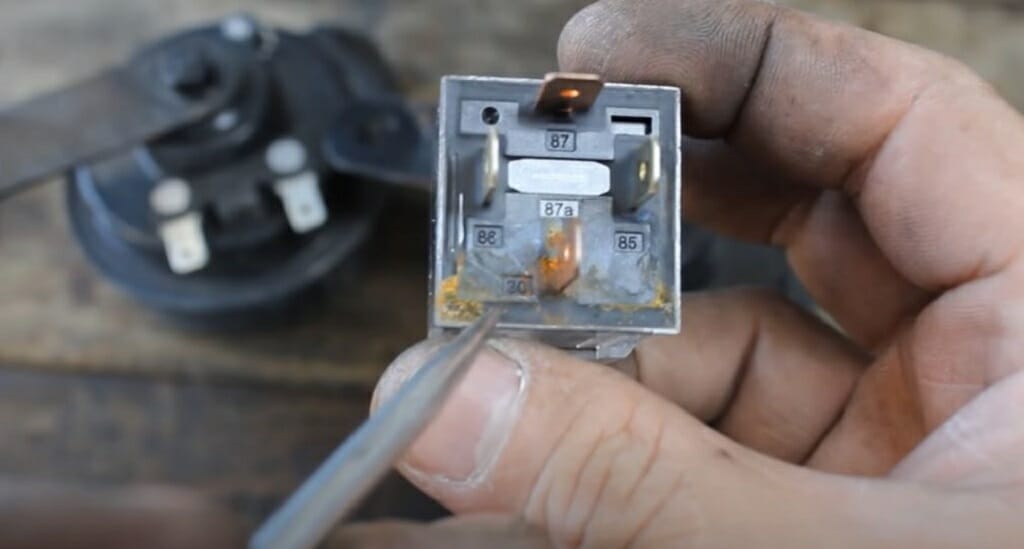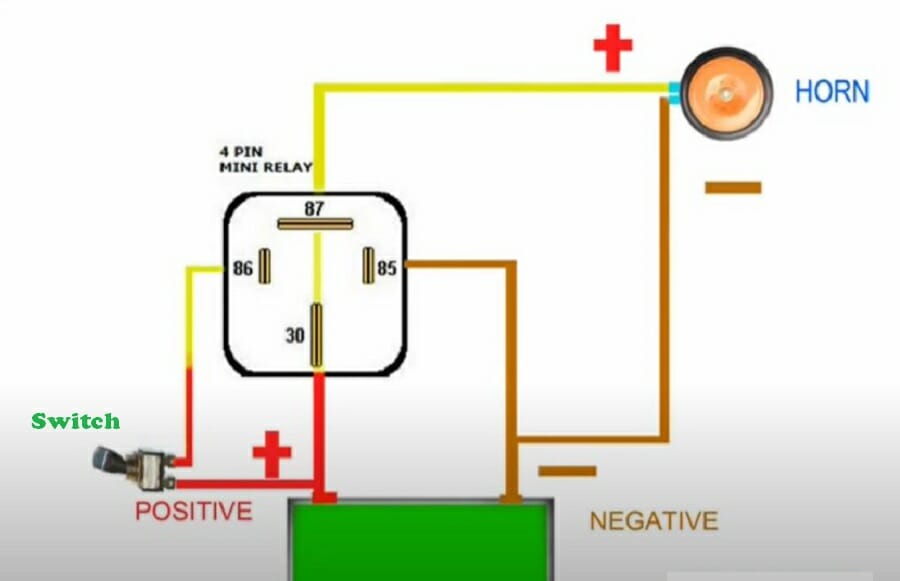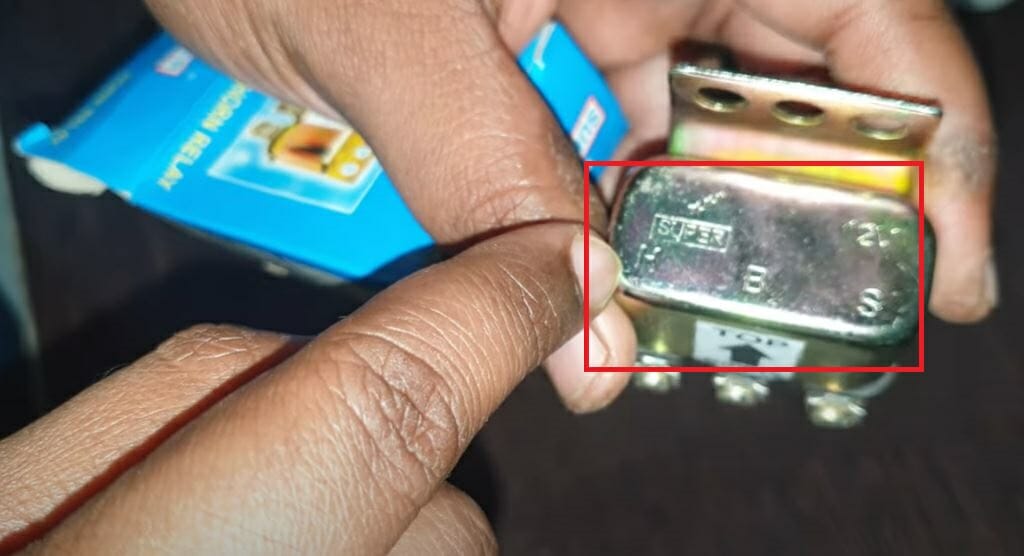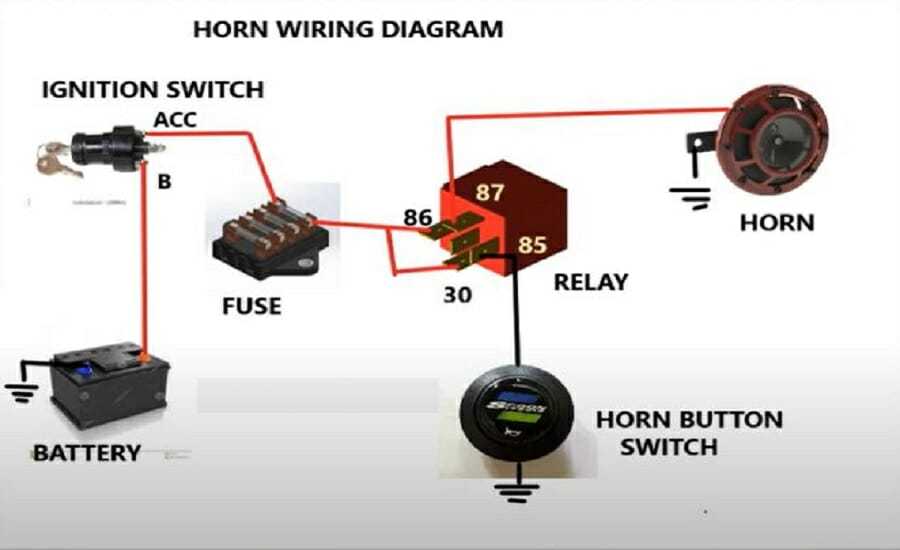Horn Relay Diagram

If you need to learn about horn relay wiring, this short article will give you all the necessary answers.
Whether using a regular 4-pin or a specially designed horn relay, you should know about the wiring process. Proper knowledge about horn relay wiring can be very helpful during a horn relay replacement. So, today I’ll teach everything I know about using the horn relay diagram.
In general, following the diagram, connect the 4-pin relay to the horn circuit in the following manner to get a properly functioning horn relay circuit.
- Connect pin 87 to the positive end of the horn.
- Connect pin 86 to the switch.
- Connect pin 30 to the positive terminal of the battery.
- Connect pin 85 to the negative terminal of the battery.
Follow the below article for more details.
Wiring Diagram for Horn Relay
Most often, horn circuits will work nicely with a 4-pin relay. Or you can use a relay that is designed only for horn circuits. In this section, I will discuss the wiring process for both options.
Wiring Diagram for 4-Pin Relay

As you can understand from the above horn relay diagram, pin 87 connects to the horn’s positive end. Pin 86 connects with the switch. And pin 30 connects with the positive battery terminal. Lastly, pin 85 connects to the negative battery terminal (works as the ground connection).
The above diagram is easy to understand, and you won’t have much trouble executing the wiring process. If you planning for horn relay replacement, follow the above wiring diagram.
Custom Made Horn Relay

Most people have trouble identifying the relay pins correctly. For instance, sometimes you might have to deal with a 5-pin relay. Apart from the 87, 86, 85, and 30 pins, the 5-pin relays come with an 87a pin. So you might get confused easily. To avoid all of this, use a specially-made horn relay.
As you can see from the above image, these types of relays come with H, B, S, and G letter markings. These four letters represent the connection for each pin.
- The H pin connects to the positive end of the horn.
- The B pin connects to the positive terminal of the battery.
- The S pin connects to the switch.
- The G pin connects to the ground (negative battery terminal)
So, if you have trouble wiring a normal 4-pin relay, use this type of relay.
Bit More About the Horn Wiring Diagram
This type of horn wiring diagram is mainly used for motorcycles. And the electric circuit is set up so that the horn will only work after the circuit is completed.
The horn is connected to the relay and the battery’s negative terminal. The switch is connected to the battery’s relay and positive terminal.
When someone presses the switch, it will complete the circuit connection for the horn and emit a sound.
Does a Motorcycle Horn Need a Relay?
Yes, a motorcycle horn needs a relay. The horn relay controls the circuit’s power supply. When the relay receives the correct signal, it establishes the power supply to the horn. The horn circuit will not work correctly without a relay.
Should I Use a Fuse for the Relay?

It would be best if you could use a fuse with the relay.
The fuse has a low resistance level and will protect the relay. For instance, when a high current flows through the horn circuit, the current will choose the fuse as its path to travel. So, the other components of the horn circuit will be safe, including the relay.
Quick Tip: Use a 5A fuse for the horn relay circuit.
Take a look at some of our related articles below.
Video References
KATROPA ALLEN
ezhilarasan ezhil
KNMK259
Chef Truck Mechanic
